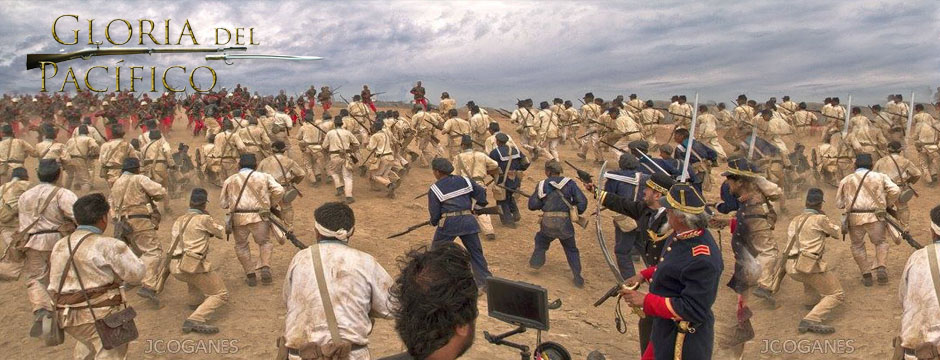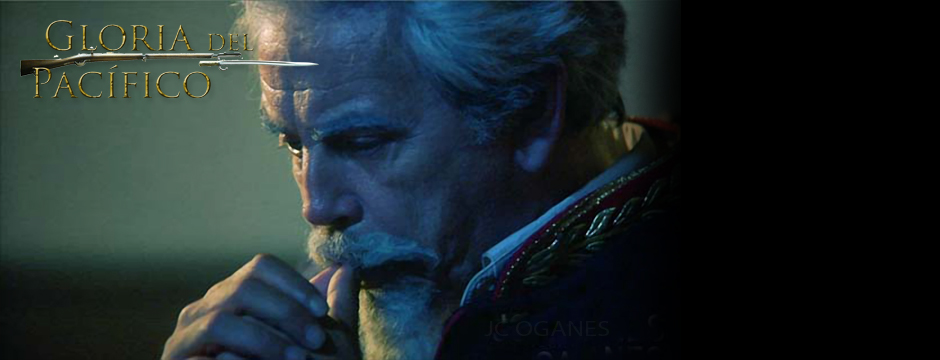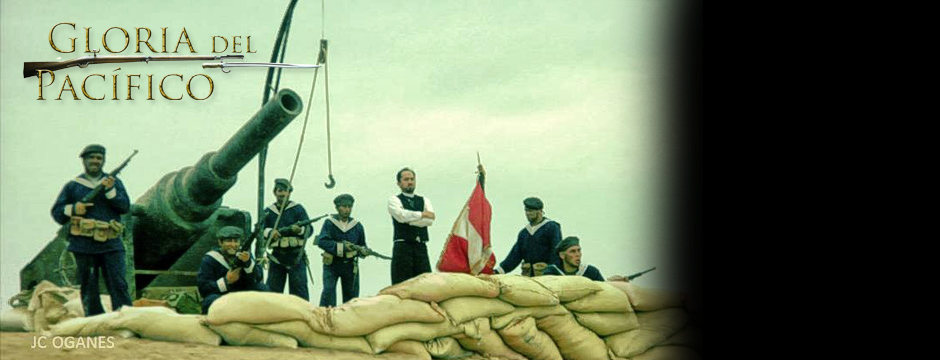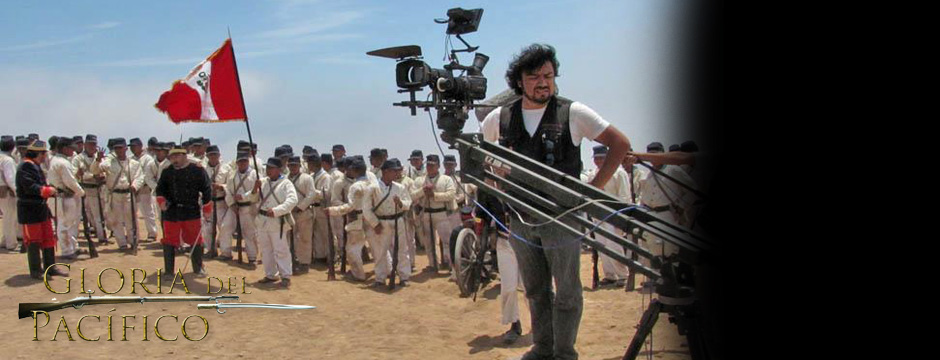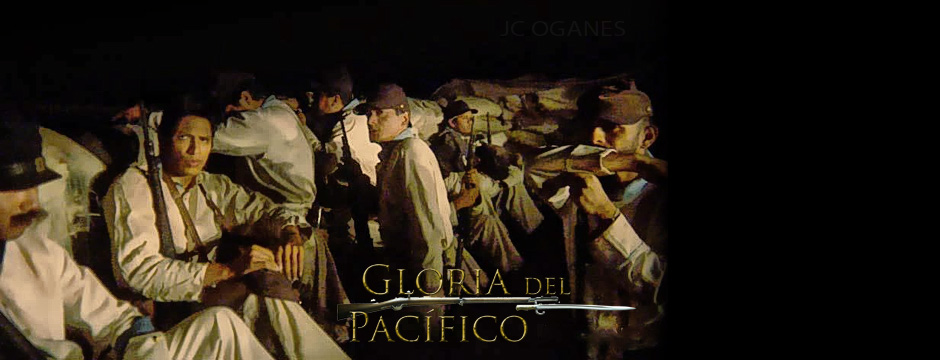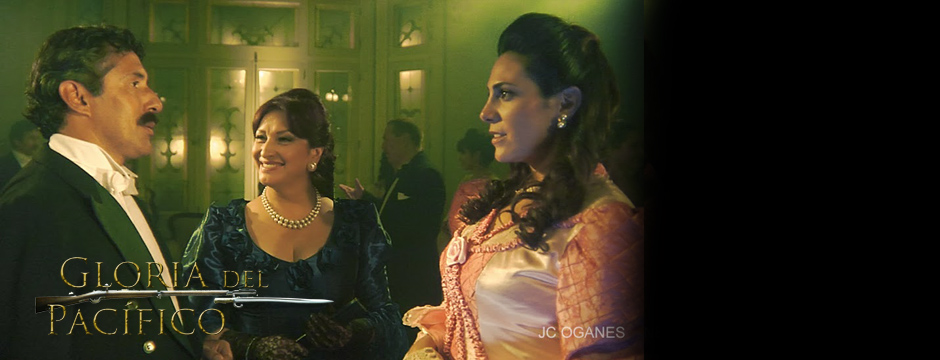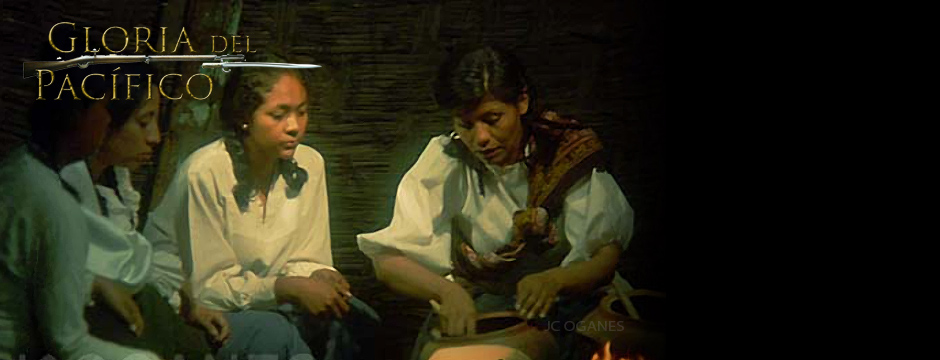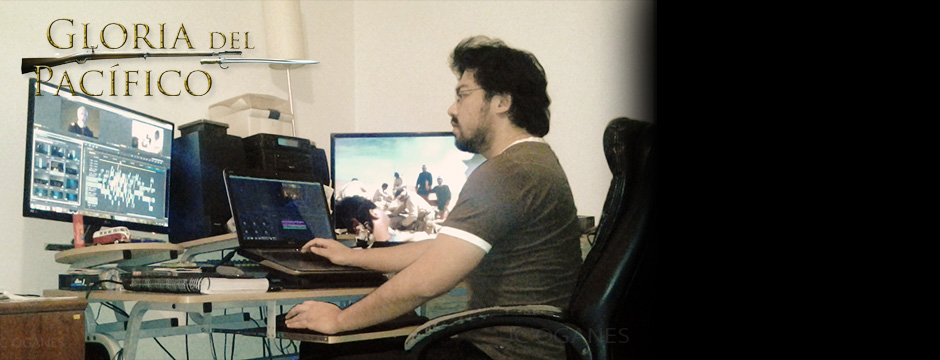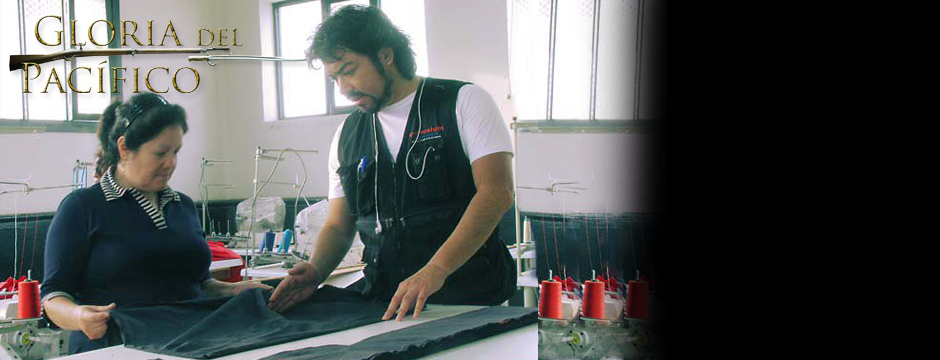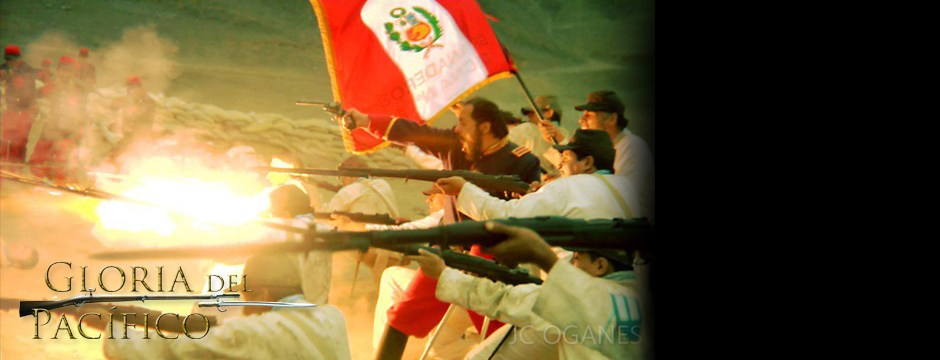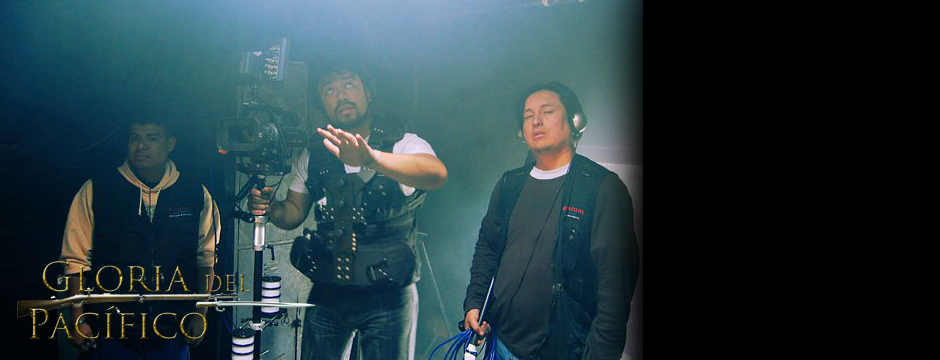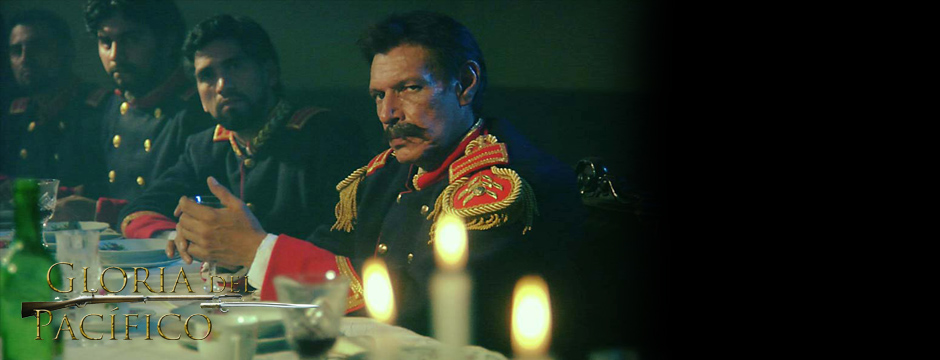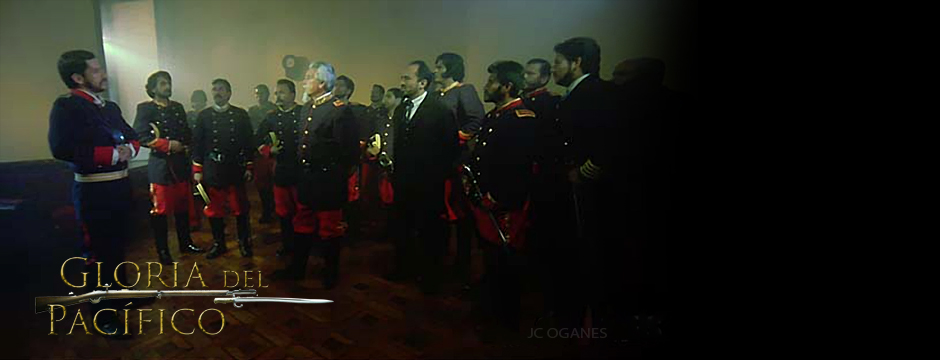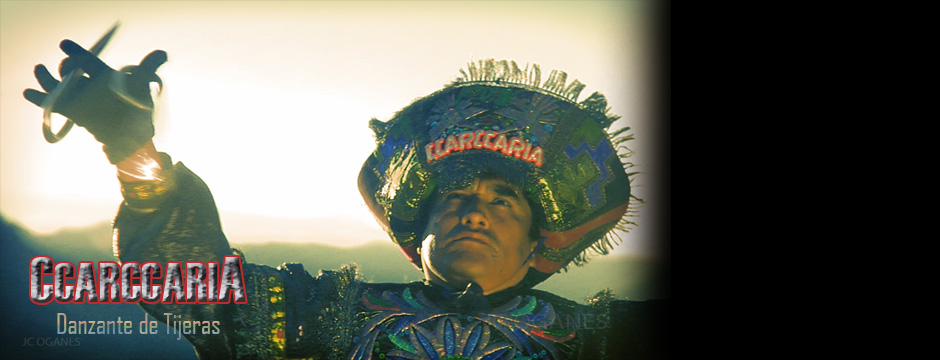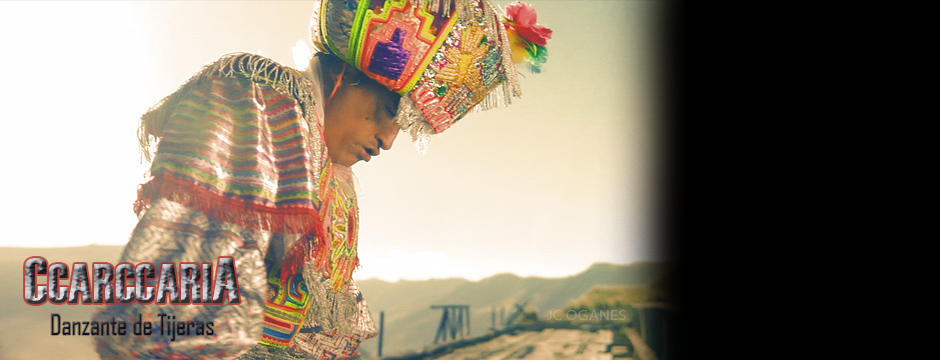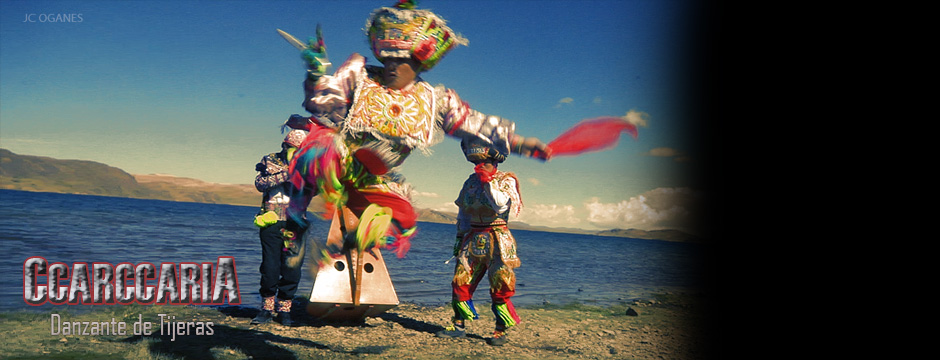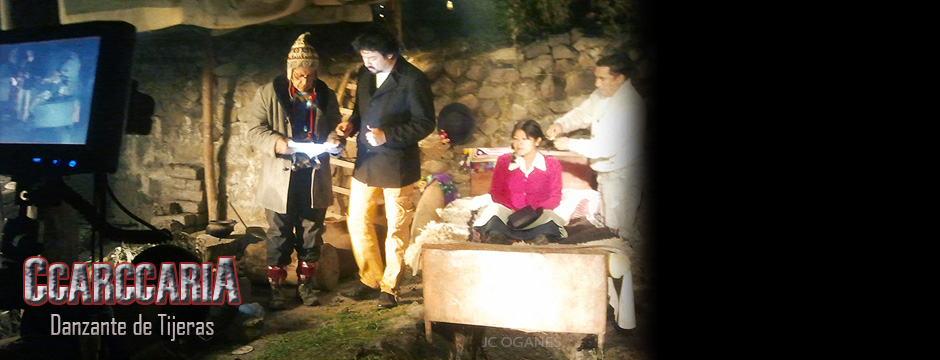Frenzy stuff all around preparing things for last week shots together with choosing the right fabrics for the new Timotea Vernal, Alfonso Ugarte and Rosa Vernal ballroom dance scene. So far, so good.
Makes me remember those months back in 2010 when buying fabrics for all the uniforms. The prior maker for the actresses wardrobe did a great job but wasn't fast enough and the stalling simply got on my nerves so we had to find another one that could do the job.
Lima's downtown fabric stores are a great spot for finding good deals on amazing fabrics. Just the colors inspire to make dresses better than what you had pictured initially. I know some people would ask themselves why I'm doing this all (shopping for fabrics, designing them, etc.) when there are other professionals that could do it. The answer is simple: work-style and budget. Maybe a few know that I'm making this feature fully self-funded and we are all able to do it by cutting some corners and applying all the learned experience of years in the field, and one of those things is making things yourself. A pro actor in a thater group (or troupe) does and applies his own makeup, dresses himself and takes care of the art department himself. Perhaps some would think its just pure ego but its not. It simply oriental teachings. I am not a costume designer and my time with other stuff in the film really fills up my day, but I'm putting in practice all those studies at theater school back in the 90's. One thing that the ETUC taught us is that an actor should do it all in the field and we were taught that way. No wonder our courses were on make-up, prosthetics, wardrobe, singing, lighting (for theater but I use the film techniques on this), even ballet dance (just basic. A course I disliked though :P ) and above all: mysticism in everything. What I mean is the respect one should have for all aspects of one's job and the discipline to endure long work hours. Our teachers used oriental discipline on us normally found on the Kabuki or No japanese theater and the essence is what remained in many of us. I thank all those theater years. Without it I'd just be knowing film tech stuff and not the artistic stuff too. :)
Anyway, doing tests for Juan Diego character's wardrobe also. Year set to be 1929 when Tacna returned to motherland Peru, 49 years after the battle of Arica.
Still half-way done, the progress seems to be going well.
 |
| Timotea's dress half-way done. |
 |
| The back side. That border is a bit darker than expected. Need to check that. |
 |
| Lucrecia's dress in the making. |
 |
| Timotea's dress. Showing details to the maker. |
 |
| Choosing the right fabrics. |
 |
| One gets inspiration from all things. |
 |
| Juan Diego wardrobe. 1929. |
 |
| The texture in this one is amazing. |
 |
| Have in hand a picture from the era. |
 |
| The semi-shine of these fabrics will look good on Rosa Vernal. |
 |
| The textured fabric for Rosa Vernal's dress left and right sides. |
 |
| Difficult decisions. Beautiful fabrics. |
 |
| How finishing touches will look like this. |
 |
Choosing the right fabric colors for Rosa Vernal's dress.
|










